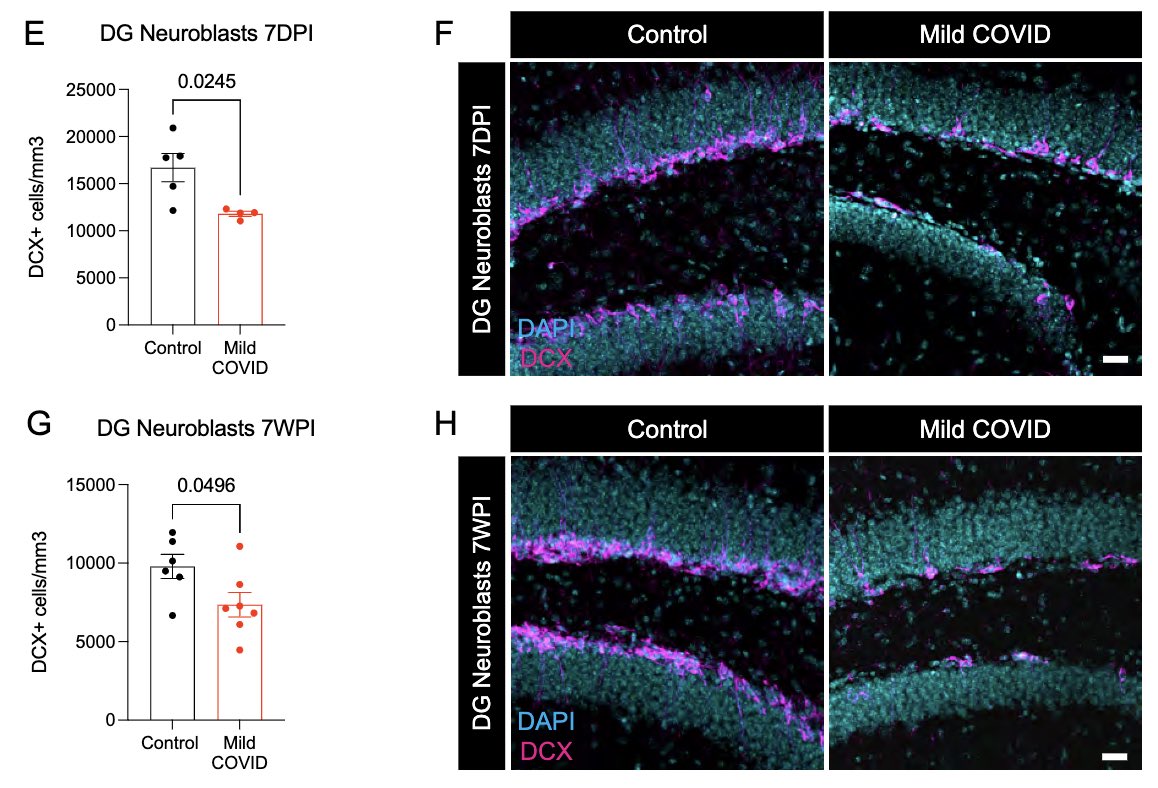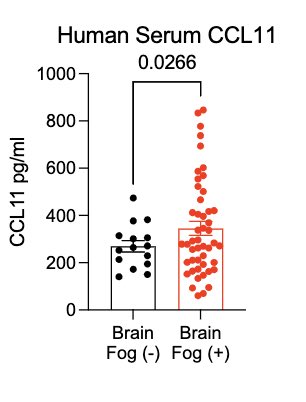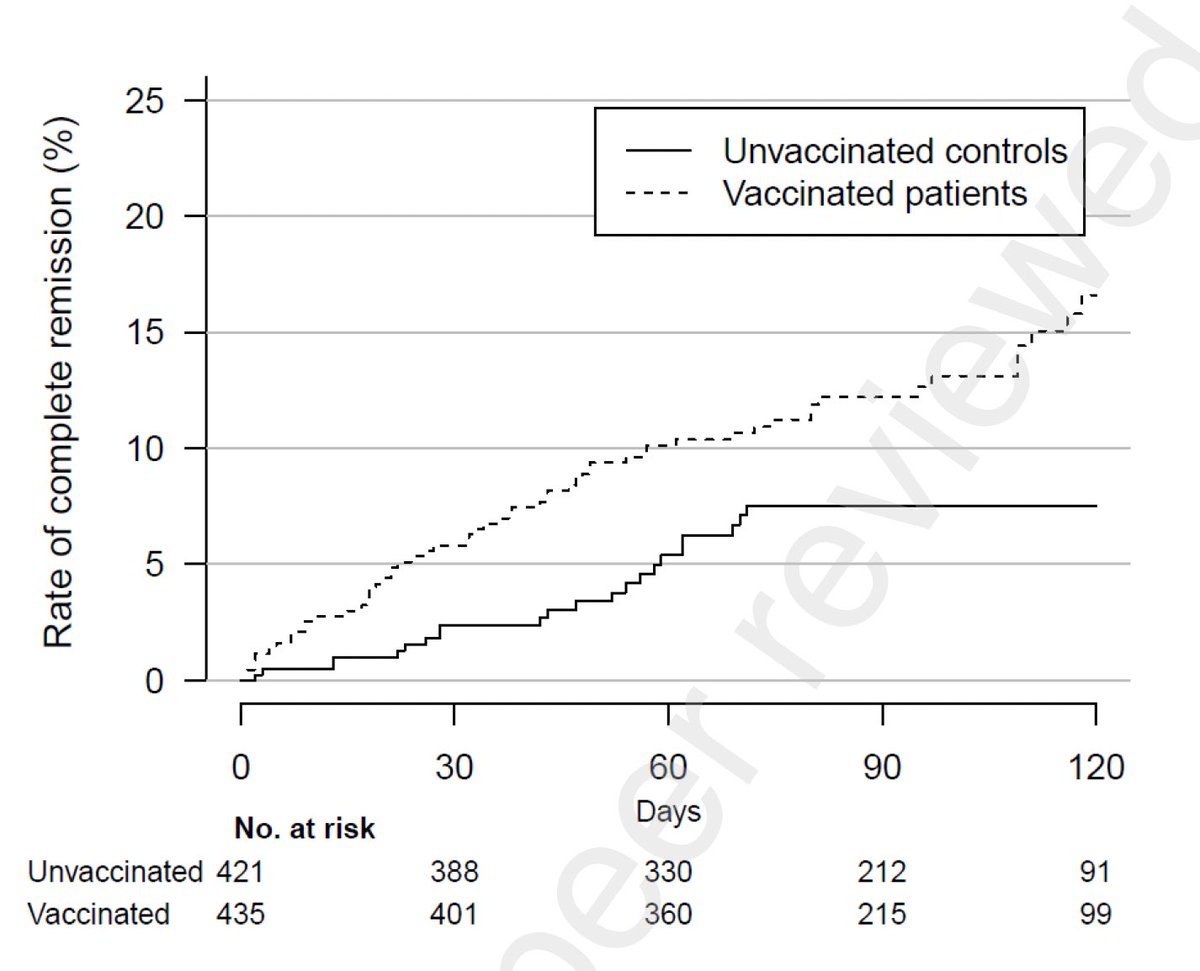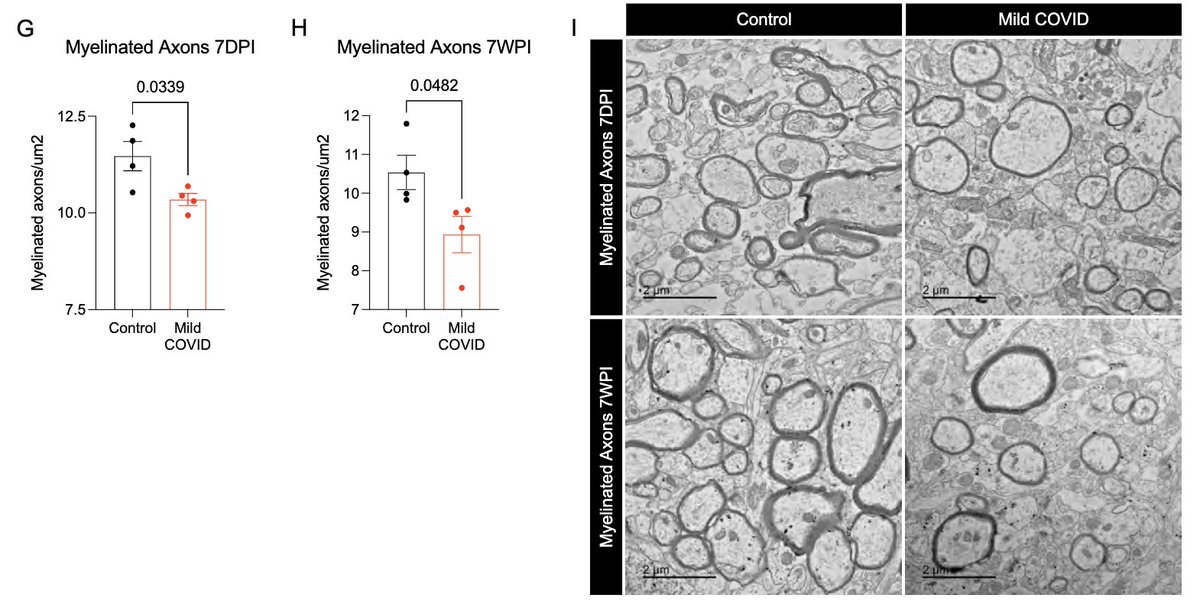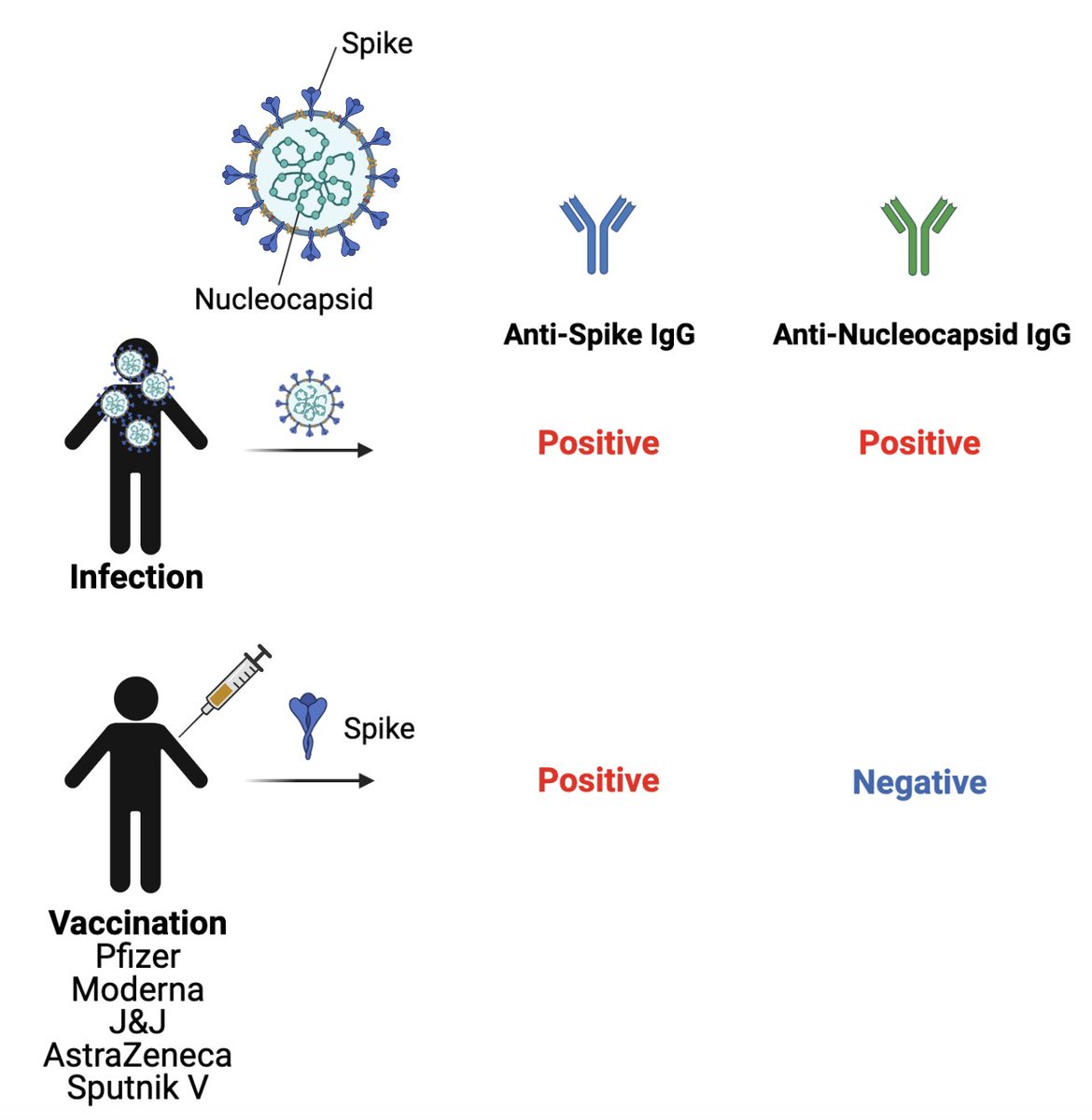76
77
78
A very interesting paper from Dr. Mark Davis’ group shows that in response to the mRNA vaccine, CD8 T cell responses are attenuated in people who had prior COVID compared to uninfected people. What does this mean? (1/)
doi.org/10.1016/j.immu…
79
In collaboration with @PutrinoLab at @MountSinaiNYC, we found significantly elevated circulating levels of CCL11 in long COVID patients who reported brain fog vs. those who did not. Many 🙏🏼 to @wood_jamie_1 @LauraTabacof @GeneticHeartDoc #DaynaMcCarthy & the patients! (11/)
80
We are looking for people who never had COVID or who recovered from COVID as important control participants in our Yale LISTEN study. Please sign up if you can help us understand the pathophysiology of #longCOVID and post-vaccine adverse events 🙏🏼
medicine.yale.edu/ycci/listen-st…
81
82
This is so interesting, giving the report by @SuYapeng et al showing similar reduction in long haulers with respiratory viral symptoms at 2-3 months post COVID. This implies chronic hypocortisolism in long COVID. (14/)
83
84
85
86
Check out our latest review on the immunology and immunopathology of COVID-19 (both acute and #longCOVID). So fortunate to work with brilliant #womeninSTEM on this review - my #shero friends @MiriamMerad @blish_lab @sallustolab 💪🏼
science.org/doi/10.1126/sc…
87
88
Lack of funding for the next generation COVID vaccines, including nasal spray boosters, will slow our progress in providing immunity where it’s needed - at the point of viral entry👃🏼
Thank you @VinGuptaMD @NBCNews for this news coverage!
#mucosalvaccine
youtu.be/aIaeRaNyFX0
89
This again is consistent with the report by @SuYapeng et al, showing that EBV viremia at the time of diagnosis is one of the four predictive factors for long COVID. (Note that our study did not examine viremia but infer EBV reactivation by serology)(19/)
sciencedirect.com/science/articl…
90
91
92
Finally @rahuldhodapkar used machine learning and found that immune features alone can predict long COVID with efficient discriminative performance (AUC=0.96)! The most informative individual data blocks contributing to efficient separation of groups are flow and cytokine. (21/)
93
@thehowie @NateSilver538 I also made this figure in @BioRender to help people understand which antibody test will inform infection vs. vaccination. Hope people find this useful. Please share.
94
A preprint by Michael Simon et al @ArcadiaHealthIT shows that COVID vaccines given before or AFTER infection can reduce incidence of #longCOVID, based on a retrospective analysis of the health record of 240,648 COVID-19-infected people. 🧵(1/)
medrxiv.org/content/10.110…
95
Our new data demonstrate the evolution of the Omicron variants in further suppressing MHC I expression and escaping detection/killing by CD8 T cells. Thus, in addition to evasion from Ab and innate immunity, MHC I ⬇️ by Omicron may further ⬆️ replication & transmission. (End)
96
Such an honor to discuss with Prof. Ron Davis of @StanfordMed about #MECFS - metabolism, chemistry, viruses and immunology!
Start of a great collaboration.
97
The increases in antibodies to EBV and VZV antigens were also detected using independent assays like ELISA and @serimmune epitope mapping. However, seroprevalence for EBV and VZV were similar in LC and CC. These data suggest recent reactivation of EBV and VZV in LC. (18/)
98
99
100
What does a respiratory-only mild COVID do to the brain? @ThisIsAnthonyFC and @AnnaGeraghty2 examined the subcortical white matter of two independent strains of mice and found consistently increased microglial reactivity at 7 days and 7 weeks post infection. (7/)

